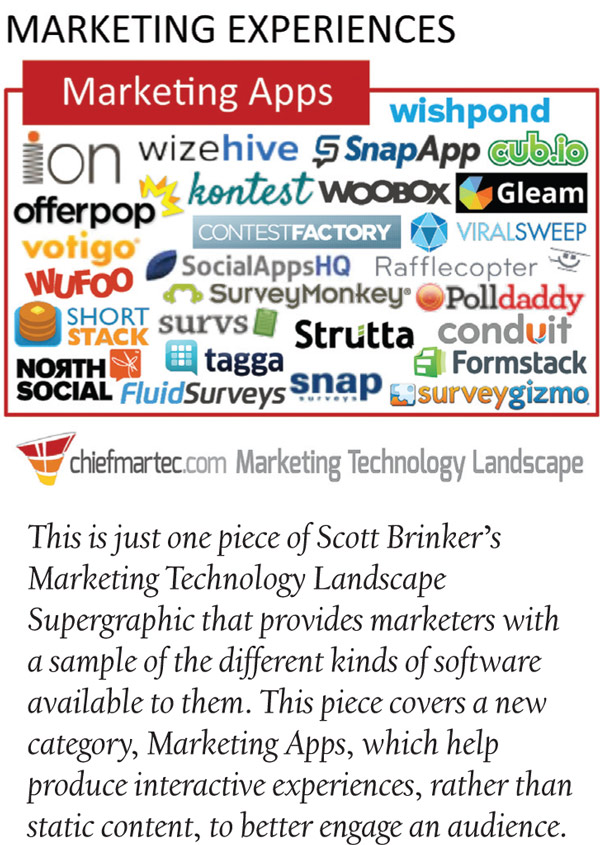Marketing has become a technology-powered discipline.
Content management systems. Marketing automation platforms. Social media monitoring. CRM. These are just some of the many software applications that marketers must regularly use in their work today.
As the sophistication of these applications grows, marketers are increasingly challenged to select the right software, configure it to suit their needs and apply it to execute great marketing. The level of tech-savvy that one would seem to need to master all of this is daunting. You can almost hear a Dr. McCoy-like line, “Damn it, Jim, I’m a marketer, not an IT architect!”
Which begs the question, “Why not just have IT deal with this?”
IT and marketing certainly should collaborate. But understanding which marketing technologies are needed and knowing how to apply them effectively in the service of brilliant marketing is not something that can be delegated wholesale to IT. The marketing team itself must take ownership of the tools necessary for its work.
To do this effectively, it helps to have at least one person on the team who combines both technical and marketing skills. These hybrid professionals, called “marketing technologists,” are able to see the marketing possibilities that new technology enables. Because they see both sides, they can intuitively suggest technical solutions to marketing challenges.
But what if you don’t have a marketing technologist on your team or the budget to hire one? The next best option: Become a bit of a marketing technologist yourself.
Step One: Coding
The first place to start is to learn how to code.
It’s actually not as difficult as it might sound. Free websites such as Codeacademy.com and Code.org have built incredibly friendly tutorials to teach novices a little bit of programming. Even Michael Bloomberg, the former mayor of New York City, learned to code on Codeacademy.
But why, you ask?
Learning to code doesn’t mean you have to become a full-time programmer. But it gives you deeper intuition into how software works. It helps you develop process-driven and rules-based thinking that is increasingly important in the design of digital marketing programs. It prepares you to better collaborate with technical people, because you can speak a bit of their language and appreciate their worldview.
Step Two: Experimenting
The second step is to experiment with more marketing software hands-on. The best way to learn is by doing. Of course, you probably don’t want to tinker with your company’s real marketing—at least not while you’re getting started. Instead, you want a “sandbox” environment, either an intranet environment inside your company or even a personal website that you run outside the office.
With your sandbox, you can try out the many free—or at least free trial—marketing software packages out there. To get a sense of what’s available, click here for the “marketing technology landscape supergraphic” that I put together earlier this year or see the figure below for a small taste of what that infographic offers.
As you gain more hands-on experience with these marketing technologies, you’ll be surprised at how quickly it will expand your worldview of what is possible in modern marketing.






